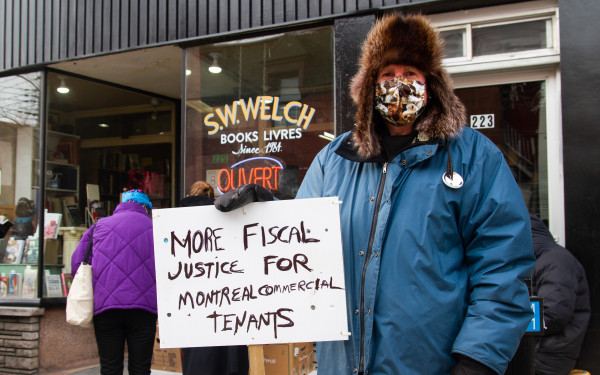Parc-Extension Struggles to Keep Its Identity Amidst Major Changes
A Large Influx of Students Threatens the Neighbourhood, but What Can They Do to Help?
The new Université de Montréal campus gleams in Parc-Extension, but in the same neighbourhood, Abdul Waheed’s one-bedroom apartment has none of that shine.
The bedroom has a bunk bed and a twin. The space seems tight for his three children, some of whom are approaching their teenage years. The living room doubles as a bedroom for Waheed and his wife. There is no privacy.
In the kitchen, the doors are discoloured, the cupboards don’t close, and some doors are shaky. One counter was recently replaced, and the gap between the two differently coloured countertops has yet to be filled in with silicone—something the landlord promised, but delayed.
In the bathroom, the plaster job from when water was raining down from the ceiling is still obvious. Since moving into the apartment in 2015, Waheed has dealt with infestations of cockroaches and mice—something many tenants in Parc-Extension are familiar with. The area has been notorious for infestations of bed bugs as well.
Since 2016, Waheed has repeatedly complained about the poor maintenance. He and other tenants have had to use space heaters to avoid frozen pipes due to the lack of adequate heating.
Despite these problems, Waheed clings to the apartment because of its a affordability. Open Waheed’s phone log and you’ll see hundreds of calls and searches for other apartments in the area—most are unattainable to him because of the price range. Since he moved in four years ago, some apartments have had their rent hiked by at least $300—such is the case of a building just a block away, he said.
Waheed, a chemist with two master’s degrees, came to Montreal in 2013 from Pakistan. Despite his level of education, he was only able to find work at a call center. He is now completing a diploma at Dawson College and hopes to be able to get a job in pharmaceuticals, before finding a better apartment for his family.
“I want to leave this apartment for sure, because it’s too small for my family and we have problems, but I would like to stay in Parc-Ex,” said Waheed.
His family’s life is now anchored in Parc-Extension. He doesn’t drive, and depends on the abundance of public transit near him. His family doctors and children’s schools are in the neighbourhood, as well as the institution where his wife is learning French. He also benefits from the large Muslim population in the neighbourhood that gives him access to Halal products.
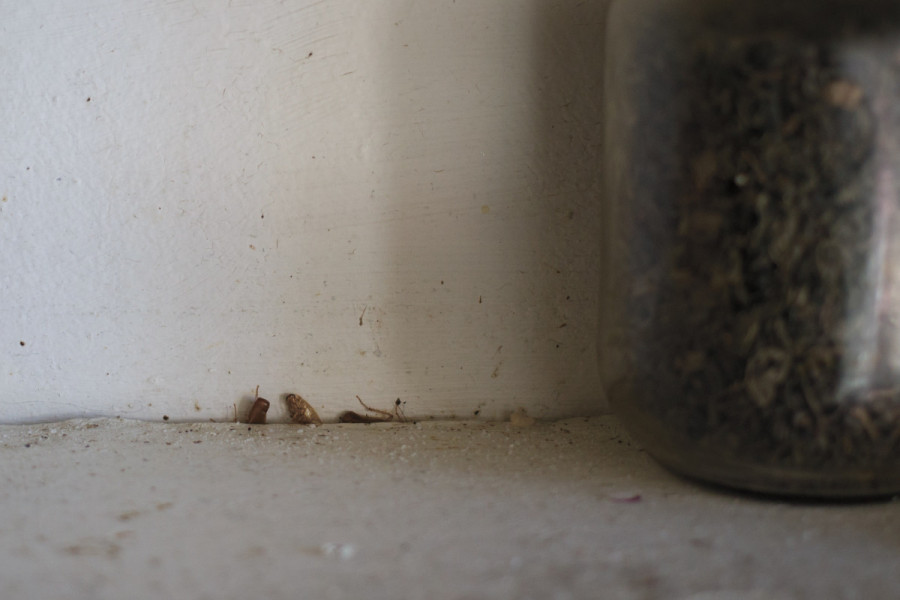
But staying is becoming difficult to do.
A Rising Housing Crisis
Many Parc-Extension residents have similar stories. Out of the approximately 30,000 residents in the neighbourhood, 61 per cent are born outside of Canada. Many of them are refugees, undocumented migrants, temporary workers, People of Colour, and immigrants. Further, almost 80 per cent of those in the neighbourhood are renters rather than homeowners, and 43 per cent of Parc-Extension households live below the poverty line.
Amy Darwish works with the Comité d’action de Parc-Extension, a tenants’ organization that fights for decent and affordable housing in the neighbourhood. Recently, she’s witnessed Parc-Extension fall victim to gentrification, one of the few neighbourhoods on the Island of Montreal that had avoided it thus far.
“Rent prices have exploded. We’ve seen landlords resort to any means necessary to evict long-term tenants,” she said.
Waheed said his landlord has threatened tenants with eviction if they continue to complain about the state of their apartments. Borough mayor of Villeray–Saint- Michel–Parc-Extension, Giuliana Fumagalli, said the previous administration promised residents 225 units of social housing. Today, only 54 units have been built.
“In Parc-Ex […] let’s say someone says, ‘Oh, well our political platform says we can ask for federal land to be given for social housing.’ That’s all fine and dandy, except we don’t have federal lands,” said Fumagalli. “We’re in a highly densely built part of town where empty lots are not rampant, where empty buildings don’t exist.”
Faiz Abhuani, of the housing initiative Brique par brique, said a problem in Parc-Extension is that people don’t know their rights. As many residents don’t speak French or English as a first or even second language, they don’t know what resources are available to them.
“In Quebec, if you are low-income, an immigrant, your status isn’t secure, and you don’t speak French or English, you try not to rock the boat,” he said.
“You might not have the confidence, and even if you do have the confidence you’re faced with a whole lot more antagonism than if you were an educated, white, culturally Québecois person. There is a huge disadvantage there.”
Waheed echoed this sentiment, saying many of the tenants in his building don’t know how to write their grievances or to whom, and landlords take advantage of that. He believes his landlord is keeping the living conditions in the building subpar to push tenants out of the building, only to fix it after they leave and sell it at a higher price.
The CAPE has noticed a pattern of similar situations, along with many illegal evictions. Darwish stressed that even when landlords go by the book, the impacts on people’s lives are devastating. The Régie du logement has a history of favouring landlords over tenants, she added. People may have to wait over a year, or even several years, to get their cases heard for poor living conditions. A landlord who wants to evict a tenant, however, can get permits within a few weeks. From there, it becomes easy to evict tenants.
A large number of real-estate developers are taking advantage of lower prices to turn buildings into luxury condos and apartments, said Darwish.
“This year, many families found themselves on the street as of July 1, and many were forced to move beyond the Island of Montreal.”
Parc-Extension has historically been one of the poorer neighbourhoods in the city, but strong networks of mutual support have equipped people to survive despite negligent landlords and exploitative bosses.
“We worry a lot of this could be lost as gentrification takes root in the neighbourhood and begins to price people out. Many tenants scatter to the far corners of the city and are separated from their support networks that way,” said Darwish.
“We’re worried this could end up destroying the social fabric of the neighbourhood and community life as we know it.”
She added that this is taking place as a result of the new UdeM campus. Many landlords want to be able to cash in on the influx of students, professionals, and wealthier residents into the neighbourhood.
“The impact of the MIL campus extends beyond our core mission,” said university spokesperson Geneviève O’Meara. “The project is also the spark for the revitalization of an entire neighbourhood in the middle of the Island of Montreal. […] Parc-Ex citizens will be able to take advantage of the new installations.”
But Darwish said despite UdeM’s attempts to brand its new campus as green, trendy, and innovative, the consequences on the neighbourhood may be devastating for the average resident.
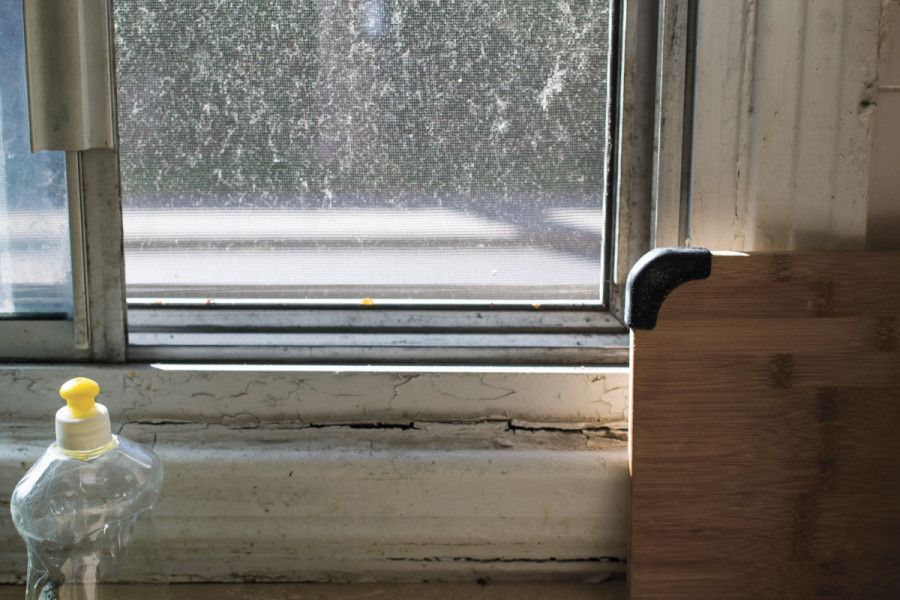
“UdeM says they’re going to help revitalize the neighbourhood, […] but what about the one [we already have]?” asked Darwish. “They say that the campus is going to improve living conditions in the neighbourhood, but our experience with other neighbourhoods is the opposite.”
She stressed that gentrification means more poverty, paying more of your income in rent, and that the services that used to be available no longer are because the income and needs of the neighbourhood have changed.
“The neighbourhood is not dead—it is a vibrant and thriving neighbourhood,” rebuked Darwish.
“It’s just that its grocery stores [and] businesses […] are not meant to appeal to white middle-class people. As more people are displaced, the support networks people used to survive also end up disintegrating,” Darwish continued. “So, in the end, gentrification brings in more precarity for the low-income residents of Parc-Ex.”
“The neighbourhood is not dead—it is a vibrant and thriving neighbourhood. It’s just that its grocery stores [and] businesses […] are not meant to appeal to white middle-class people.” — Amy Darwish
Parc-Extension Fights Back
The residents and social groups of Parc-Extension are determined to fight gentrification every step of the way. Abhuani said different groups have different strategies, but he believes the CAPE’s is best: informing people of their rights.
The CAPE has been deeply involved in activism on the streets and making demands to the city and university, but Darwish said these demands have largely been ignored.
“We’ve tried on a number of occasions […] to demand they build student residences on their campus, that they reserve more land for housing for Parc-Extension residents, that if they’re not able to do that, at least that they publicly acknowledge their impact on the neighbourhood and call on the city to develop more social housing,” she said.
O’Meara said the university has been working with the City of Montreal since the beginning of the project and is committed to achieving 15 per cent affordable housing and 15 per cent social housing.
“There’s absolutely no guarantee this will actually go to Parc-Extension residents. We believe it’s absolutely necessary that the university acknowledges the negative impact they’re having on the neighbourhood and that they begin to act accordingly,” said Darwish, adding that the proportions are insufficient.
This summer, the CAPE and other activists protested developer Groupe Montoni’s open house to denounce their gentrifying project and held a tenant-organized anti-eviction block party as a way of getting tenants together to share their experiences and to strategize.
O’Meara said one of the projects aiming to allow the university to be closer to the Parc-Extension community is Clinique L’Extension, created in 2014.
“Its mission is to support the development of children in difficulty and help their families by offering them educational services,” in addition to accessible dental and optometry, she said.
The arrival of students isn’t completely unwelcome. Waheed himself has been a student in several countries.
“When you have a new campus, you are meeting other cultures. There are students from around the world,” he said. “That is one advantage—they are bringing their cultures and will add to the beauty of Canada and Montreal.”
Fumagalli said the population of the neighbourhood is already changing and seeing more students than ever before. Students’ needs are different than those of families.
“[The arrival of students] changes things, because we’ve seen rent go from $350 to $1200,” said Fumagalli. “If you split the rent, it’s not as bad, but if you’re a family, you can’t split rent.”
But there are ways students can help keep Parc-Extension’s identity alive.
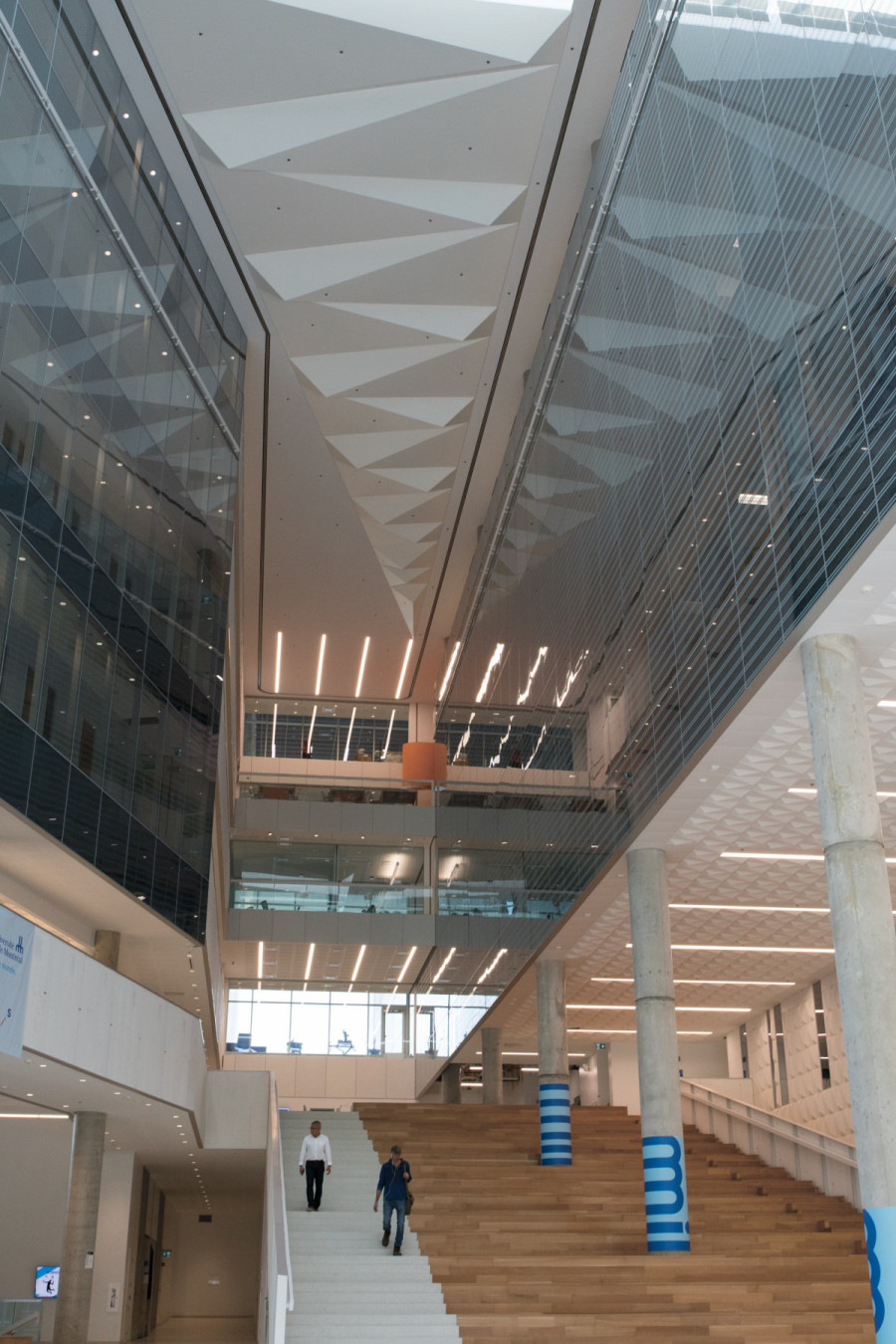
What Can Be Done?
The Park-Ex Anti-Eviction Mapping Project is an initiative inspired by the events in Parc-Extension aiming to raise awareness on the effects of gentrification. They want to hold politicians, institutions, and businesses accountable.
The project combines digital mapping tools and quantitative data with multimedia storytelling through interviews with residents to highlight the effects of, and resistance to, gentrification in Montreal. They started handing out bilingual pamphlets around university campuses, informing students of how they can minimize their contributions to gentrification and support vulnerable residents.
“In talking to the groups in Parc-Extension, what we saw was this need to raise awareness among students about what is gentrification, and also to call on students to hold the university accountable,” said Kylie Goyette, a Concordia graduate and PhD student in human geography at the University of Toronto. Goyette has been working with the anti-eviction program and given guest lectures and workshops.
Aaron Vansintjan, a PhD student who studies gentrification, said the narrative needs to shift from placing blame on students. He said students will always be affected because they also, in general, need affordable places to live. He added that universities should change the world for the better, and a lot of universities pride themselves on their involvement with the surrounding community.
“If a university acts in a way that doesn’t benefit the surrounding area for the local residents, that’s a big problem and then a lot of the residents won’t see the students very kindly, either.”
Montreal benefits from a long history of tenant activism, said Goyette. This means there is a legal infrastructure in place already that doesn’t exist in many other places. For example, Toronto doesn’t have the same types of rent controls and tenant protections.
Students in Montreal have more tools at their disposal. The pamphlet suggests students should learn their rights, support local housing groups and tenants’ associations, and pressure municipal politicians to implement concrete measures to fight gentrification and support social and affordable housing.
Université de Montréal students can also use their student associations to pressure the university to put in better measures and acknowledge their impact on Parc-Extension.
On an individual level, students can use their knowledge to contest rent hikes, listen to the concerns of marginalized people and long-time residents, and demand municipal politicians take concrete action. They can also volunteer, translate, do research, or even just put up posters for tenants’ rights groups. Students should get to know their neighbours and help those facing eviction by accompanying them to the Régie du logement, the pamphlet suggests, while stressing that guilt doesn’t help anyone.
Another way an individual can help keep rents low is to transfer their lease when they move.
“Students don’t stick around,” said Abhuani, who suggested that outgoing tenants call CAPE or Brique par brique. These organizations can help connect people to existing leases.
“If you give it back to the landlord, they’ll increase the rent, but if you transfer it, it freezes the rent,” he said.
Decisions leading to gentrification were made years ago.
“In that sense, the ball is already rolling and the future of Parc-Ex already looks kind of bleak,” said Vansintjan. “The evictions are really accelerating, and I think it’s going to quickly affect cultural life and the community in Parc-Ex.”
Goyette said Université de Montréal’s role in accelerating gentrification “is so intense, and it’s so clear that you can really see the role of the university as a developer and the impact that has on the neighbourhood.” She added it should have a certain level of responsibility for the impact it’s having.
“The accelerated gentrification that we are seeing in Parc-Extension, it’s not a surprise to anyone. […] It was clear to anyone in that neighbourhood that the impact of that campus going in was going to have an impact that was far greater than the gestures that the university made as if they were mitigating the problems,” said Goyette.
The borough recently passed a bylaw to stop the conversion of duplexes and triplexes into condos, but Fumagalli said stopping evictions simply isn’t in her power.
“I live in Parc-Ex. My family came to Parc-Ex in the 50s and I moved back in over 20 years ago,” she said.
“So do I want my neighbourhood to keep that special cachet? Of course I do. I live here, this is why I moved here. Because of this community. Can we keep it exactly as is? Things change, people sell their houses, people move out. My objective is to make sure the most vulnerable are protected and that I put in mechanisms to make sure of that.”
But Waheed isn’t so sure people like him will get that protection. As Goyette said, gentrification leads to increased poverty, mental health issues like anxiety and trauma due to losing their community and support, and homelessness. In Parc-Extension, Waheed has the support of a large Pakistani community and social groups.
“If we go somewhere else, we have to start from zero,” he said.

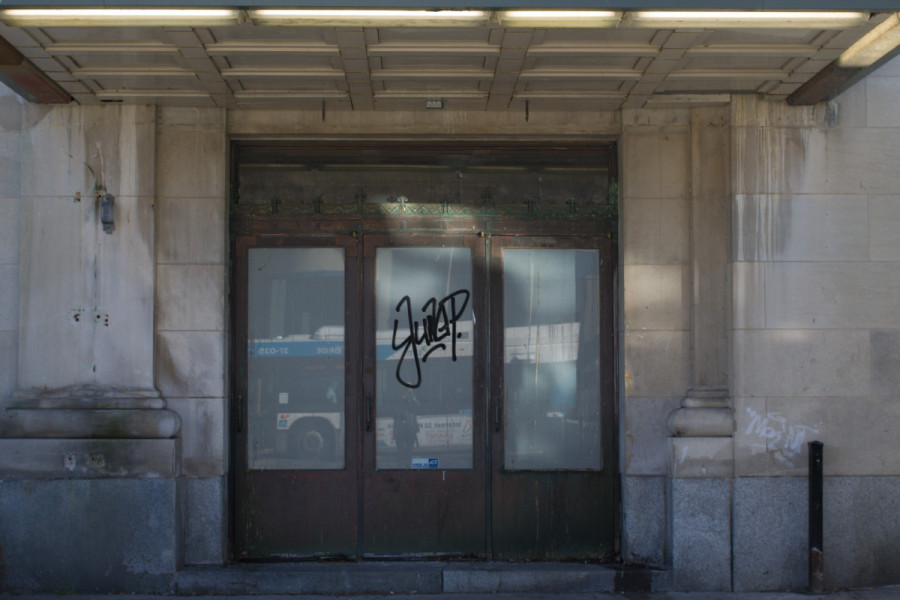

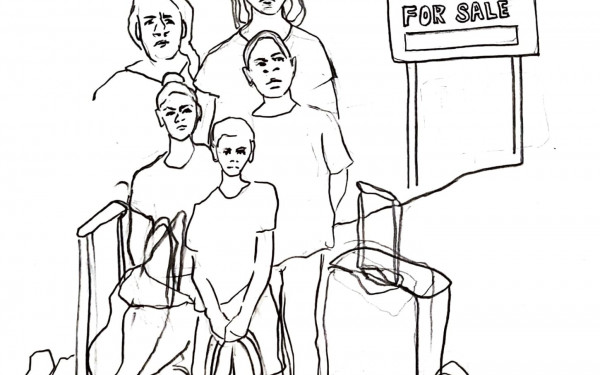

1_600_375_90_s_c1.jpg)
